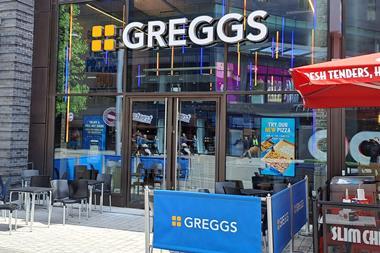The blurring between foodservice and traditional retail continues unabated. Forty-nine per cent of consumers who buy food- or drink-to-go now choose a convenience store, the latest IGD research reveals. Most of these purchases are chilled or ambient, rather than hot/warm, but it shows you how far the convenience industry has come in the last decade with range diversification and innovation.
In him!’s food-to-go customer tracking programme, we asked 1,900 food-to-go customers, while they were entering or leaving a food-to-go outlet, what their three most important priorities were when choosing where to buy food-to-go items.Their priorities, in order of importance, were speed of service, a range of freshly made products, value for money and product availability.
When we look at these priorities closely, it comes as little surprise that convenience outlets are catching up their food-to-go competitors. Convenience stores are local, open longer hours, have invested in queue management systems and have long recognised that speed of service is crucial.
More and more convenience retailers are now preparing food on-site. And meal deals are the norm, not the exception, at tens of thousands of convenience stores around the UK, offering customers value for money and generating incremental sales for retailers.
We wonder whether the foodservice industry embraces market, channel and customer insights as much as the retail industry does? Programmes run by foodservice operators tend to focus more on operational compliance, rather than customer attitudes and behavioural trends.
The foodservice industry needs to understand more about its current customers and work out how to keep them coming back more often, bringing other people with them.




















































No comments yet